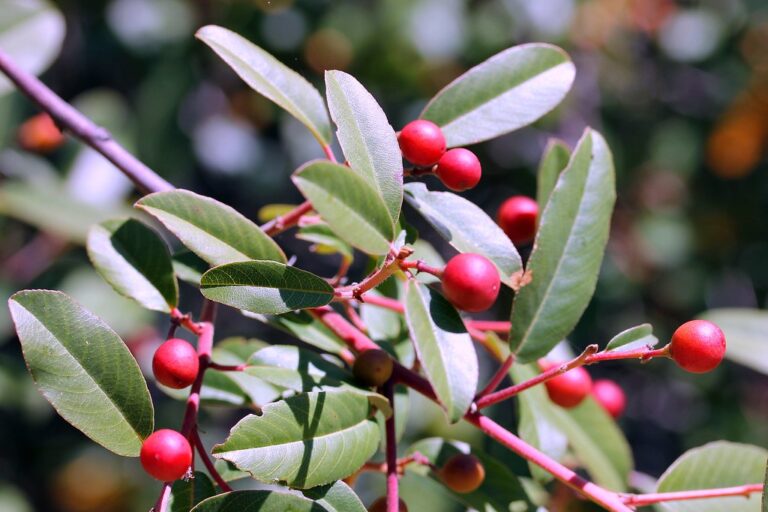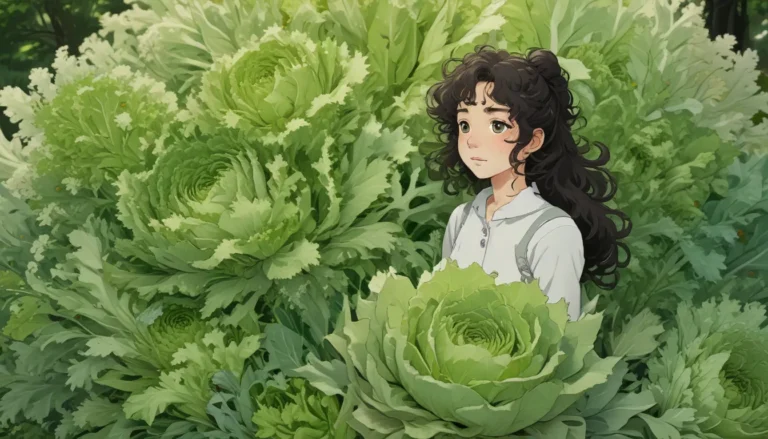The Ultimate Guide to Using Mulch for Low Maintenance Gardening

Are you tired of spending hours weeding and watering your garden, only to be left with lackluster results? If so, you’re not alone. Many gardeners struggle to maintain their garden beds and borders for a variety of reasons.
However, there is a simple solution that can transform your garden effortlessly – mulching. This one method can make a significant difference in the appearance and health of your garden.
In this comprehensive guide, we will explore everything you need to know about mulching, from the benefits it provides to the different materials you can use, and how to apply it effectively. By the end of this article, you’ll be equipped with all the knowledge you need to create a beautiful, low-maintenance garden that will thrive year after year.
What You’ll Learn
Before we delve into the specifics of mulching, let’s take a moment to understand the value it brings to your garden. By incorporating mulch into your gardening routine, you will:
- Maintain soil moisture and prevent erosion
- Regulate soil temperature to protect plants
- Enrich and nourish the soil for healthier plants
These benefits alone make mulching a valuable practice that can significantly improve the health and appearance of your garden.
The Value of Mulching
One of the primary benefits of mulching is its ability to suppress weeds, keeping your garden beds neat and tidy. By preventing weed seeds from germinating and blocking their access to light, mulch can reduce the time and effort needed to weed your garden.
Additionally, mulch helps retain soil moisture and prevent erosion, making it especially beneficial for gardens in arid or rainy climates. By creating a barrier between the soil and the elements, mulch allows water to percolate into the ground, reducing runoff and retaining moisture for your plants.
Furthermore, mulch helps regulate soil temperature, protecting plants from extreme conditions that can stress them. By maintaining a consistent temperature, mulch can improve plant health and increase overall yield, as observed in studies on tomato plants.
Lastly, mulch acts as a natural soil conditioner, enriching the soil with organic matter and nutrients as it decomposes. This improves soil texture, prevents compaction, and supports plant growth over time.
Materials
When it comes to mulching, there are two main categories of materials to consider: organic and inorganic. Organic mulches, such as compost, grass clippings, leaves, and straw, gradually break down and improve soil health. Inorganic mulches, like stones and decorative gravel, provide weed control and visual appeal but do not contribute to soil improvement.
Choosing the right material for your garden will depend on your needs and preferences. Organic mulches are ideal for long-term soil health and fertility, while inorganic mulches are great for immediate weed suppression and aesthetics.
Here are some popular materials to consider for mulching:
- Bark: Provides weed control and moisture retention in established borders
- Compost: Enhances soil fertility and adds nutrients for healthy plant growth
- Grass Clippings: Offers nitrogen-rich mulch for vegetable gardens
- Leaves and Leaf Mold: Improves soil structure and adds nutrients as it decomposes
- Newspaper: Acts as a natural weed barrier and organic matter source
- Pine Needles: Suitable for acid-loving plants like blueberries
- Sawdust: Requires composting before use to prevent soil acidity
- Stones and Decorative Gravel: Adds visual interest and weed control in borders
- Straw and Hay: Insulates soil and retains moisture, ideal for overwintering
- Wood Chips: Provides long-lasting weed suppression and soil improvement benefits
Each material has its unique characteristics and benefits, so choose based on your garden’s specific needs and aesthetic preferences.
The Process of Mulching
When it comes to applying mulch, timing and technique are key to success. Spring and fall are the best seasons for mulching, depending on your climate and plant needs. Avoid mulching in summer with dry soil or too early in spring with frozen soil.
Before mulching, prepare the area by weeding, cultivating the soil, and applying any necessary amendments like compost. Ensure the soil is moist but not waterlogged before spreading the mulch evenly.
Apply a generous layer of mulch, typically two to three inches thick for most organic materials. Avoid creating a “volcano” shape around plants and keep the mulch at least 2-3 inches away from stems and trunks to prevent rot and disease.
Throughout the growing season, monitor the mulch layer for compaction and decomposition, adding more as needed to maintain optimal coverage. Remember that mulch settles over time, so periodic replenishment may be necessary.
By following these steps and choosing the right material for your garden, you can enjoy the benefits of mulching while creating a beautiful and healthy outdoor space.
Weeds Be Gone
Imagine spending less time weeding and watering your garden, and more time relaxing and enjoying its beauty. With the simple practice of mulching, this dream can become a reality. By incorporating mulch into your garden maintenance routine, you can create a low-maintenance garden that thrives year after year.
Whether you opt for bark, compost, grass clippings, or wood chips, the key is to choose a material that meets your garden’s needs and enhances its overall health. With the right mulch and proper application, you can transform your garden into a flourishing oasis that requires minimal effort to maintain.
So why wait? Start mulching today and watch your garden bloom into a vibrant, healthy paradise that you can enjoy for seasons to come.
In conclusion, mulching is a simple yet effective way to improve the health and appearance of your garden. By selecting the right material, applying it correctly, and maintaining it throughout the season, you can create a low-maintenance garden that thrives year after year. So, grab your mulch of choice, get out in the garden, and watch your plants flourish in a beautiful, weed-free landscape.
Remember, the key to successful mulching is to choose a material that suits your garden’s needs, apply it generously, and monitor its condition regularly. With these tips in mind, you’ll be well on your way to creating a healthy, vibrant garden that requires minimal effort to maintain. Happy mulching!





